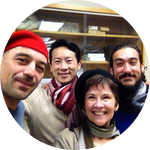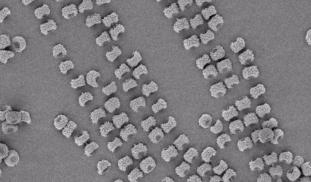Please wait...
About This Project
Tiny fungal spores and yeast forms are found in the soil, air, and water. Infection takes hold when spores break dormancy and grow in or on us. Fungi kill more than 1.5 million people every year. The few existing antifungal drugs are becoming ineffective because of a dramatic increase in resistance. Deep sequencing of the spore transcriptome will help us understand the mechanisms regulating spore dormancy and identify new drug targets.
More Lab Notes From This Project

Browse Other Projects on Experiment
Related Projects
Toward ethical and affordable antivenom solutions: Can anti-toxin be animal cruelty-free?
Snakebite envenoming causes over 100,000 deaths annually, yet current antivenoms depend on animal plasma...
Microplastics: Can engineered enzymes remove microplastics from the human body?
Polyethylene terephthalate (PET) microplastics have been detected in human blood and tissues, and linked...
Shutting down cancer’s recycling system with exosome-based therapy
Pancreatic cancer is one of the deadliest cancers because its cells survive by recycling their own components...





